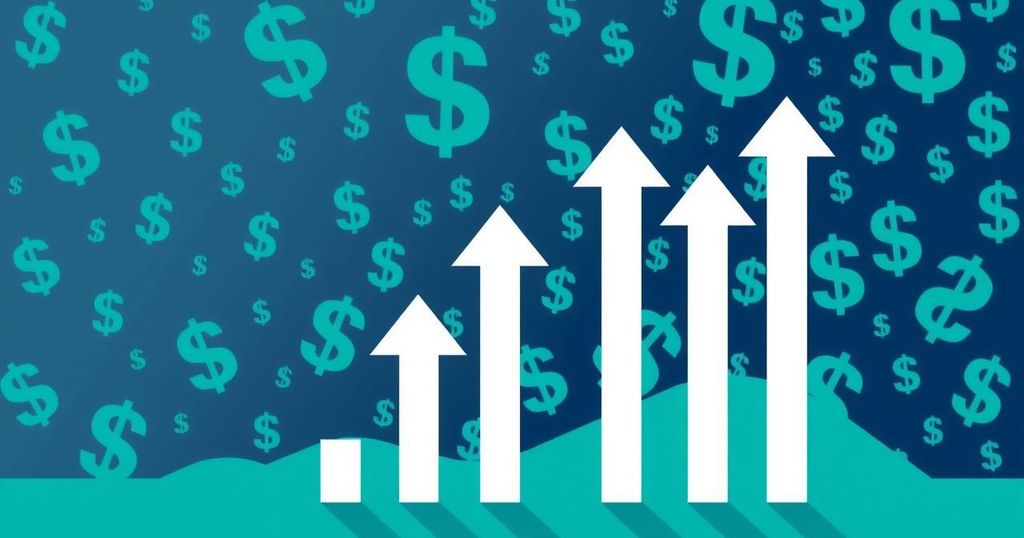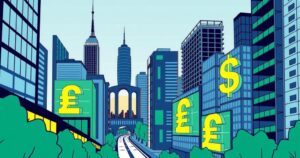Argentina’s Inflation Set to Surge Again in March Amid Economic Challenges

Argentina’s inflation rate hit 2.4% in February, with expectations for March to exceed this figure. Despite government claims of stability, consumer spending declined by over 10%. Seasonal factors and currency uncertainties contribute to inflationary pressures, while a typical family requires substantially increased monthly income to avoid poverty. Regional differences in inflation rates highlight economic disparities.
Argentina’s inflation rate, recently reported by the National Institute of Statistics and Census (Indec), stood at 2.4% for February. Analysts in Buenos Aires anticipate further acceleration in March, potentially surpassing February’s core inflation rate of 2.9%. Despite the government’s claims of progress, experts highlight a significant decrease in consumer spending, which fell by 10.2% last month.
Seasonal factors, including the onset of the school year and rising transportation costs, are placing additional pressures on prices. Economists assert that ongoing currency uncertainties, paired with necessary economic adjustments, are exacerbating the inflationary landscape. The country has witnessed a decline in consumption for 15 consecutive months, particularly in categories like soft drinks, alcoholic beverages, and household items.
In February, a year-on-year contraction of 9.8% was observed, with notable sales reductions in supermarkets and self-service stores. However, the rate of decline has begun to decelerate since October 2024. Furthermore, the cost of the basic food basket (CBA) surged by 3.2% in February, the highest increase in six months, while the poverty-line basket saw a rise of 2.3%. Currently, a typical family requires AR$ 1,057,923 (approximately USD 881.6 at the unofficial “blue” rate) monthly to escape the grips of poverty.
Indec’s report revealed that inflation rose from 2.2% in January, accumulating a 66.9% increase over the past year. Year-to-date, prices have increased by 4.6%. The largest inflation contributors were Housing, Water, Electricity, Gas, and Other Fuels at 3.7%, primarily due to rising utility expenses, and Food and Non-Alcoholic Beverages at 3.2%, which was significantly impacted by rising meat costs.
Conversely, Household Equipment and Maintenance increased only by 1%, while Clothing and Footwear saw a modest rise of 0.4%. Variations across regions showed the highest inflation rates in Patagonia (3.2%), Cuyo (2.7%), Northwest (2.6%), and the Pampas (2.5%), with Greater Buenos Aires (2.2%) and Northeast (1.9%) falling below the national average.
Notably, Buenos Aires City experienced a decline in inflation to 2.1%, driven by a 4.8% reduction in tourism-related services, but recorded a higher year-on-year inflation rate of 79.4%. Furthermore, unemployment in Buenos Aires has ascended by 50% within a year. The Central Bank of Argentina (BCRA) has recently projected inflation rates of 2.3% for February and 2.2% for March, indicating a notable shift from previous trends towards declining rates.
In conclusion, while Argentina’s inflation rate rose to 2.4% in February, projections for March suggest further increases. The significant decrease in consumer spending and various seasonal factors are key contributors to inflationary pressures. Notably, ongoing economic adjustments and currency uncertainties continue to challenge the country’s financial landscape, reflected in declining consumption across multiple sectors. The Central Bank’s projections indicate an ongoing struggle with inflation amid these challenges.
Original Source: en.mercopress.com








